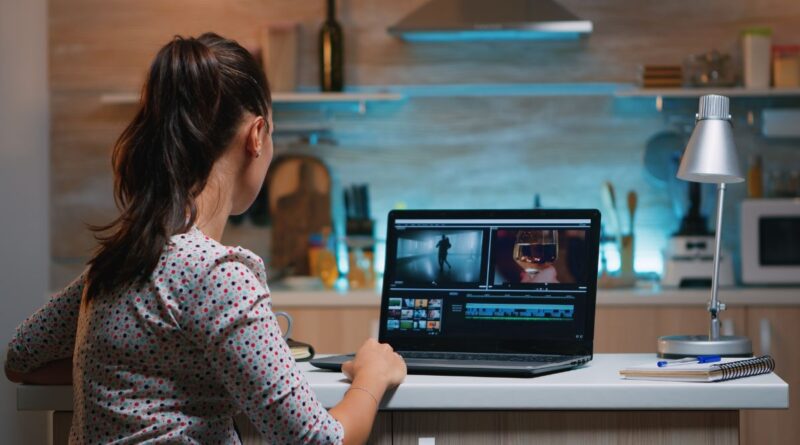Image Describer: Harnessing AI to Create Videos from Images
Artificial intelligence (AI) continues to revolutionize content creation. One of the most exciting advancements is the ability to transform static images into dynamic videos using AI-powered tools like Image Describer. This technology leverages deep learning algorithms to analyze images, generate descriptive narratives, and even animate them into engaging video content.
For marketers, educators, and content creators, this innovation opens up new possibilities for storytelling, advertising, and visual communication. In this article, we’ll explore how AI-driven image-to-video conversion works, its applications, benefits, and the best tools available today.
How AI Converts Images into Videos
AI-powered video generation from images involves several key steps:
1. Image Analysis
The AI first examines the image, identifying objects, people, scenery, and contextual elements. Advanced computer vision models, such as Convolutional Neural Networks (CNNs), classify and interpret visual data.
2. Textual Description Generation
Using natural language processing (NLP), the AI generates a descriptive caption or script based on the image. For example, a picture of a sunset over a beach might produce:
“A vibrant orange sunset casts reflections over calm ocean waves as palm trees sway gently in the breeze.”
3. Video Synthesis
The AI then animates the image using techniques like:
- Motion prediction (simulating natural movement, such as flowing water or drifting clouds).
- Style transfer (applying artistic effects to enhance visuals).
- Voiceover integration (adding AI-generated narration).
Tools like Runway ML, DALL·E Video, and Synthesia use generative adversarial networks (GANs) to create realistic animations from still images.
Applications of AI-Generated Videos from Images
1. Marketing & Advertising
Brands can turn product photos into short promotional videos, enhancing social media engagement. For example, an e-commerce store could animate clothing images to show fabric movement.
2. Educational Content
Teachers and e-learning platforms can transform diagrams, historical photos, or scientific illustrations into interactive explainer videos.
3. Social Media & Storytelling
Content creators can breathe life into travel photos, turning them into mini-documentaries with voiceovers and cinematic effects.
4. Personalized Video Messages
AI can convert family photos into animated slideshows with narration, perfect for birthdays or memorial tributes.
Top AI Tools for Image-to-Video Conversion
| Tool | Key Features | Best For |
| Runway ML | Motion tracking, green screen effects | Creative professionals |
| Synthesia | AI avatars, multilingual voice overs | Corporate training, marketing |
| Pika Labs | Free AI video generation, text-to-video | Beginners, hobbyists |
| D-ID | Talking photos, realistic facial animation | Personalized videos |
| Kaiber | Artistic style transfers, music sync | Musicians, artists |
Challenges & Ethical Considerations
While AI-generated videos offer immense potential, they also raise concerns:
- Misinformation: Deepfake technology can manipulate videos for malicious purposes.
- Copyright issues: Using AI to animate copyrighted images may lead to legal disputes.
- Quality limitations: Some AI-generated videos still lack realism or fluid motion.
Responsible use and ethical guidelines are essential as this technology evolves.
The Future of AI in Video Creation
As AI models improve, we can expect:
- Hyper-realistic animations with smoother transitions.
- Real-time video generation from live image inputs.
- Greater customization, allowing users to fine-tune lighting, motion, and style.
AI-powered image to video AI tools will soon become a standard in digital content creation, making professional-quality videos accessible to everyone.
Conclusion
AI-driven Image Describer technologies are transforming how we create and consume visual media. From marketing to education, the ability to convert static images into dynamic videos unlocks endless creative possibilities. While challenges remain, the future of AI-generated video content is bright—offering efficiency, innovation, and new ways to tell stories.
